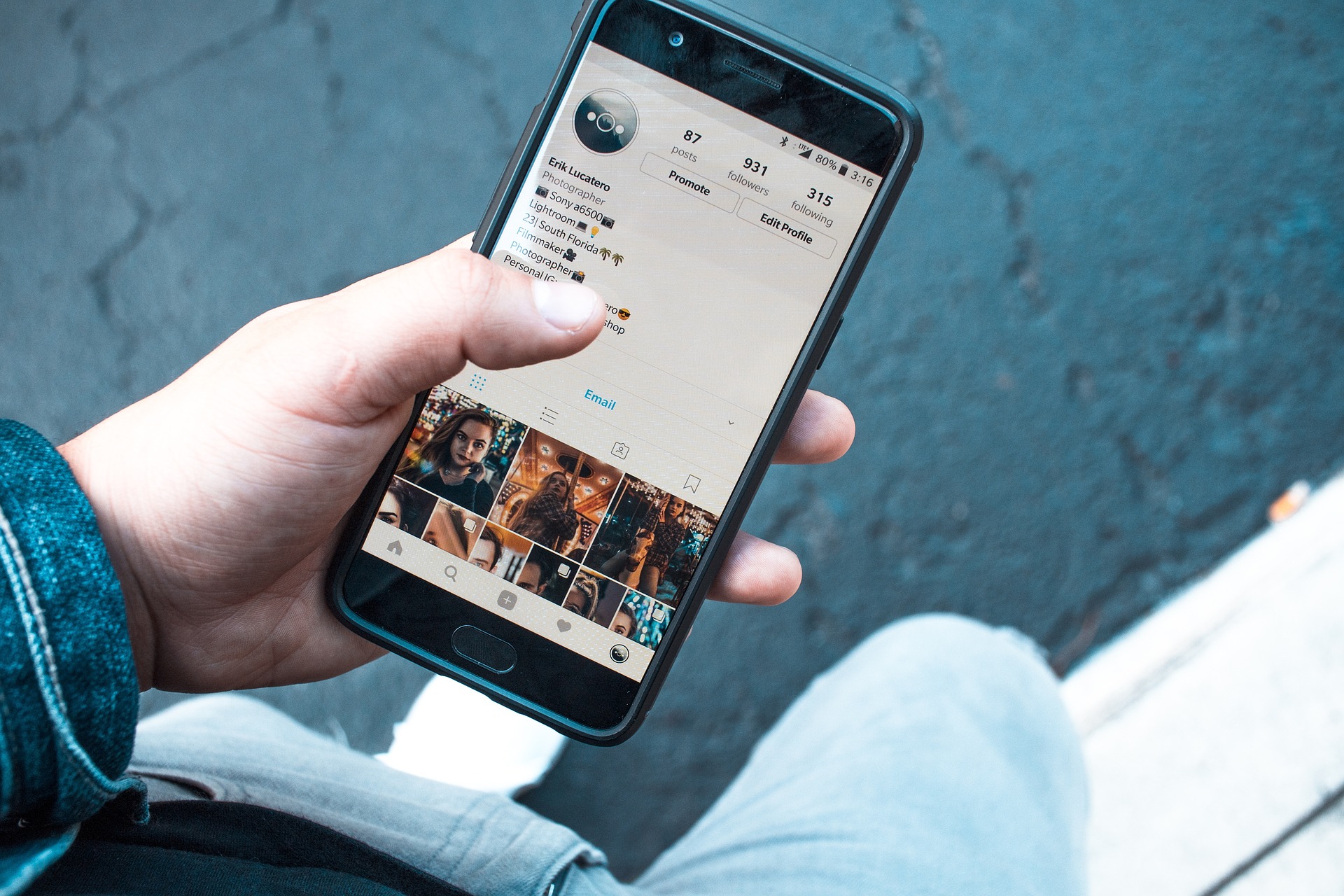Jag Panesar, Founder and Director at Xpand, explains what user-generated content is, and why it should be a key feature of your digital marketing strategy in 2021.
Social media activity skyrocketed in 2020 due to lockdown. According to data from GlobalWebIndex, almost half (47 per cent) of global internet users (aged 16-64) spent longer on social media, with 23 per cent spending significantly longer.
As 2021 starts with another lockdown, the use of social media is at the centre of a digital revolution, and is a platform that can provide brands with a unique insight into their customers’ thoughts, behaviours and, perhaps most importantly, feedback.
User-generated content explained
If you’re not yet familiar, user-generated content (UGC) on social media is simply any content created by individuals rather than a brand, and can consist of text, videos, images, reviews, etc.
In today’s society, social media is one of the foremost platforms for consumers to air their opinions, and it’s a complete free for all, with very few limitations on what UGC can be shared.
With this in mind, it’s imperative that brands are paying attention and, if it’s not already, “social listening” should be at the forefront of any social media communications strategy.
Based on the possible reach of UGC, what is being said about your brand is fundamental to the way that you and your products or services are received moving forward.
The benefits of user-generated content
One of the key benefits of UGC is that it can provide you with unique and, for the most part, unbiased insights into how your customers perceive your brand as well as its products and services.
You can see what they like and why they like it. Until social media came about, it was nigh on impossible to get this level of insight without costly and time-consuming market research – now it’s out there for you to see.
This can, however, also pose a challenge to brands, as the likelihood of every piece of UGC being positive is… well, I think we’re more likely to see pigs fly. I’ll come on to those challenges in a bit as I believe, if used correctly, the benefits of UGC far outweigh the negatives.
One of the most common ways brands currently harness UGC to great effect is to share the positive content via their own platforms. Essentially you have your customers doing the hard work for you – not only are they saying great things about you, they’re also creating your social media content for you. This can help you break up sales-focused content on your social media channels.
The best part is that this type of content is the most trusted by people – the content is authentic, credible (not sponsored), and free for marketers.
One of the most effective ways to ensure positive UGC is to create a specific campaign or competition that encourages your followers to create and share UGC with you using a designated hashtag – effective examples include the #AsSeenOnMe campaign from ASOS or the #WhiteCupContest from Starbucks.
Paid-for user-generated content
In addition to the plethora of readily available UGC on social media, many brands now work on a regular basis with social media influencers (users with a significant following on one or more social media channels) to promote their brand directly to their followers.
Whilst this does not have the same credibility as free UGC, these paid-for collaborations provide you with access to thousands or, depending on your budget, millions of social media users.
Furthermore, if you’ve selected an influencer with a particular niche that ties in with your brand, product or service, then you’re reaching a relevant and captive audience.
Though influencers have to make clear that any posts of this nature have been paid for, you are still reaching this audience through a trusted and well-respected source to them and, as such, it can be one of the most cost-effective forms of advertising.
The challenges of negative user-generated content
The public nature of social media can pose a significant challenge to brands. As social media is now one of the first ports of call for people to voice their opinions, those opinions won’t always be positive.
In fact, many consumers now recognise the power that social media gives them as they have the ability to post a negative review on Google or post scathing remarks on Twitter, naming and shaming the brand.
Sadly, the impact this activity can have on a brand is often in line with the size of the business. Large brands are likely to have some kind of social listening and filtering system, as well as an in-house social media team, so they can easily review these posts, understand which are genuine customer issues or which are people just on the lookout for a “freebie”, and respond accordingly.
For smaller brands, whilst you may have less UGC to deal with, it’s important to understand which to take seriously, as they can be quite damaging to your reputation. I always say, if in doubt, err on the side of caution.
The best way to deal with this negative activity is to have a responsive plan built into your social media strategy, so that you’re dealing with comments consistently and effectively, leaving the consumer feeling valued and heard.
By dealing with an unhappy customer in the right way, you have the ability to turn them into a customer for life.
Finally, what does 2021 hold for brands in terms of user-generated content?
I believe that brands will be paying more attention to UGC now more than ever before. I expect to see more UGC shared across social media, especially considering the success many brands have had with this type of content of late.
Having said that, there are undoubtedly those brands that will remain behind the curve and continue to underestimate the importance of UGC. Honestly, I think they’re missing a trick – no doubt they will learn the hard way.

